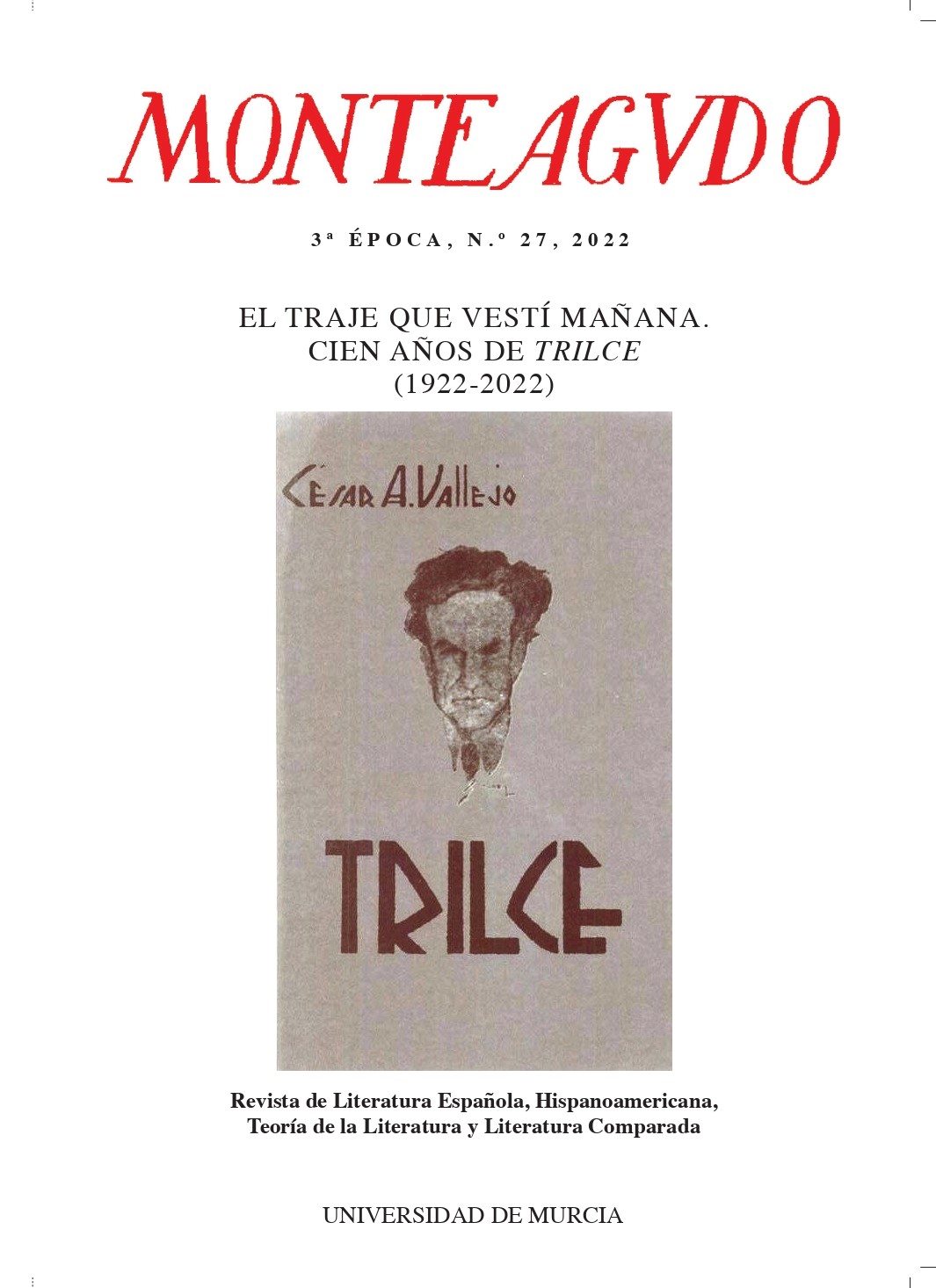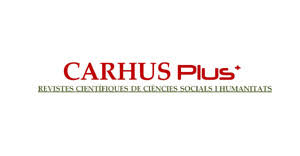Confinement and liberation spaces in Onetti’s A brief life
Supporting Agencies
- Aaron Lubelski
- Hebrew University of Jerusalem
Abstract
The narrative of the Uruguayan writer Juan Carlos Onetti is set primarily within an urban environment that refers to the Río de la Plata area. It is in the interior spaces of that environment where the existential drama of the plot characters takes on its maximum intensity. The city’s living, social and work spaces are witnesses of their frustrations, the lack of faith and the impossibility of establishing a stable affective life, in opposition to the external environment that suggests an eventual liberation and the achievement of an ephemeral happiness. This article analyzes the configuration of these internal spaces and their interaction with the characters’ human drama, in one of the author's most accomplished novel: A brief life.
Downloads
-
Abstract441
-
PDF (Español (España))610
References
Aínsa, Fernando (1970). Las trampas de Onetti. Montevideo, Alfa.
Aínsa, Fernando (2002). “Del Topos al Logos, «Grafías» del Espacio en Perspectiva”. Todas as Letras, 4, 59-67.
Arendt, Hanna (2009). La condición humana. Traducción de Ramón Gil Novales. Buenos Aires, Paidós.
Bachelard, Gastón (1993). La poética del espacio. Traducción de Ernestina de Champourcin. Santiago, Fondo de Cultura Económica Chile.
Bollnow, Otto Friedrich (2011). Human space. Traducción de Christine Shuttleworth. Londres, Hyphen Press.
Cuervo Calle, Juan José (2010). “¿Vivienda, casa, hogar? La construcción del concepto «hábitat doméstico»”. IconoFacto, 6 (7).
Fredman, Stephan (1996). “«How to Get Out of the Room That Is the Book?». Paul Auster and the Consequences of Confinement”. Postmodern Culture, 6 (3).
Freud, Sigmund (1970). El malestar en la cultura y otros ensayos. Traducción de Ramón Rey Ardid y Luis López Ballesteros y de Torres. Madrid, Alianza Editorial.
La Biblia (2007). Versión castellana. Conforme a la tradición judía por Moisés Katznelson. Tel Aviv, Editorial Sinai.
Ludmer, Josefina (2009). Onetti. Los procesos de construcción del relato. Buenos Aires, Eterna Cadencia.
Mattalia, Sonia. (1990). La figura en el tapiz. (Teoría y práctica narrativa en Juan Carlos Onetti). Londres, Tamesis Books Limited.
Onetti, Juan Carlos (2009). Cartas de un joven escritor. Correspondencia con Julio E. Payró. Edición crítica, estudio preliminar y notas de Hugo J. Verani. Montevideo, Trilce.
Onetti, Juan Carlos (2010). El pozo. Montevideo, Arca.
Onetti, Juan Carlos (1980). La vida breve. Barcelona, Editora y Distribuidora Hispanoamericana.
Rodríguez Monegal, Emir (1968-1969). “Onetti o el descubrimiento de la ciudad”. Capítulo Oriental, 28, 432-448.
Verani, Hugo (1981). Onetti: el ritual de la impostura. Caracas, Monte Ávila Editores.
Verani, Hugo (2009). “Onetti y la pintura”. Ínsula, Revista de Letras y Ciencias Humanas, 750, 27-29.
The works published in this journal are subject to the following terms:
- The Publications Service of the University of Murcia (the publisher) retains the property rights (copyright) of the published works, and encourages and allows their reuse under the license of use indicated in point 2.
© Publications Service, University of Murcia, 2011
- The works are published in the electronic edition of the journal under a Creative Commons Attribution-NonCommercial-NoDerivatives 3.0 Spain license (legal text). They may be copied, used, distributed, transmitted and publicly displayed, provided that: i) the authorship and the original source of their publication (journal, publisher and URL of the work) are cited; ii) they are not used for commercial purposes; iii) the existence and specifications of this license of use are mentioned.







